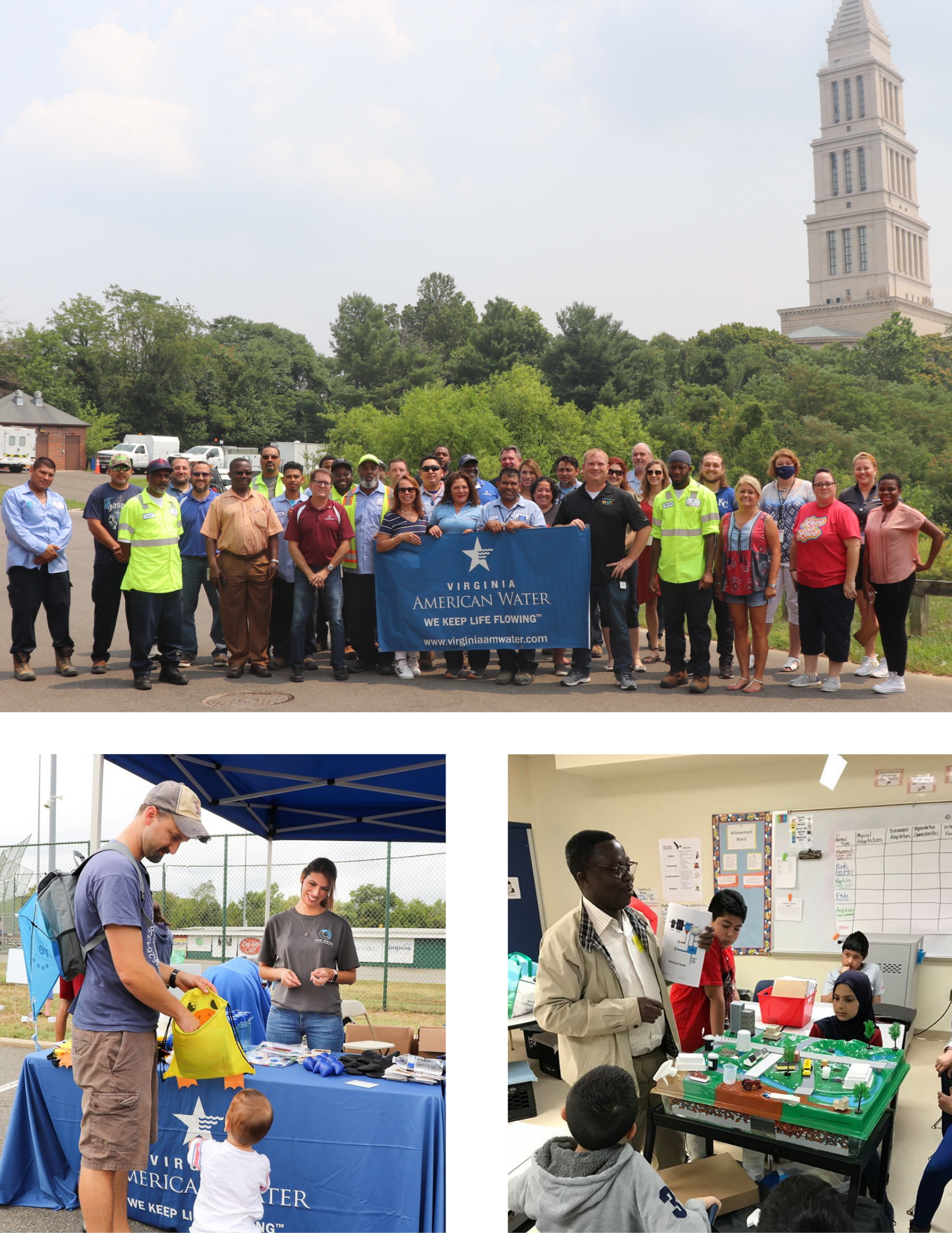ALEXANDRIA SYSTEM
Welcome to Virginia American Water’s Alexandria Page
About Your Water System
We provide water service to approximately 26,000 residential and business customers in the City of Alexandria. While we own and operate the distribution system, we buy the water already treated from Fairfax Water. The source of your water is the Potomac River and Occoquan Reservoir. The water is disinfected with chloramines, which is a mix of chlorine and ammonia. Chloramine is a very effective disinfectant that does not have a strong bleach taste or smell, and produces fewer by-products than free chlorine. Each spring when we flush the lines to remove sediment and test hydrants, Fairfax Water switches disinfectant to free chlorine for a few weeks, which helps clean the system, but has a stronger bleach taste and odor.
For questions regarding your wastewater service or bill, please contact AlexRenew at 703-721-3500.
Virginia American Water's Lead Service Line Replacement Program
Virginia American Water is working to remove all instances of lead from our Alexandria water distribution system. Click here to learn more about your water service and lead and details about our replacement program.
Investments in Your System
Every year, we invest in Alexandria’s water infrastructure to replace and repair aging pipes and valves. From 2012 to 2015 we invested approximately $53 million in our systems throughout the state. Infrastructure investments are made in order of priority –starting with some of the oldest or problematic pipes, and working our way from there.
Main breaks will continue to occur, as we work to replace the city’s century-old system. While they can be an inconvenience, we do our best to identify and repair them as quickly as we can, with as little disruption to your daily routine as possible.
Despite all the investments to maintain and replace the system, your water is still a great value, at just about a penny per gallon. We’re such strong believers in the value of water, that our parent company, American Water, is a partner in the Value of Water Coalition, a group of leading organizations responsible for ensuring the safety, reliability and sustainability of our nation’s water. Together, we have launched a new campaign to inform Americans about the value of water and the challenges facing our water infrastructure. Read more about the campaign at www.thevalueofwater.org.
Main Break FAQs
If our crews locate a water main or service line break near your home, repairs may temporarily affect your water service. Since we know that any disruption to your water service is an inconvenience, we’ve prepared this information to answer some of the questions you may have.
What causes a water main to leak or break?


